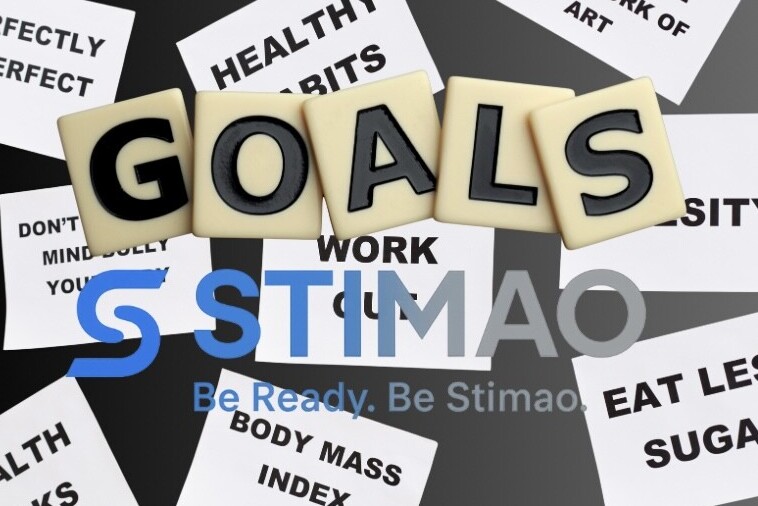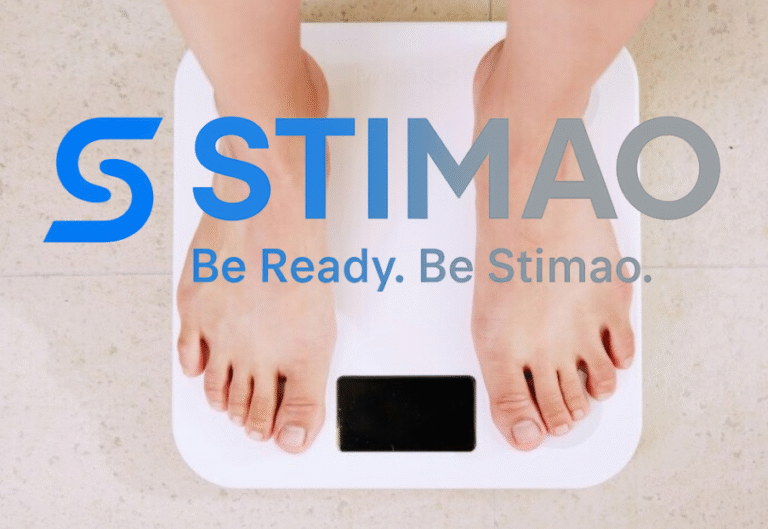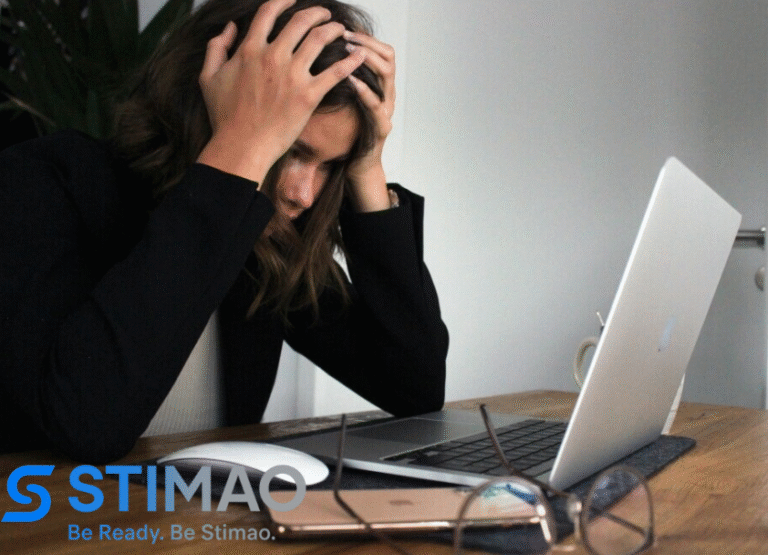
Mindfulness isn’t just about finding a quiet corner and hoping your worries dissolve. It’s more like training your brain to handle whatever life throws at you with grace and flexibility. When you practice mindfulness, you’re more aware of your thoughts and feelings as they happen. It’s about being present, sticking around in the moment and not letting your thoughts wander off like an excited puppy.
So, how does mindfulness actually give that extra boost to resilience? Think of it as a mental exercise. Mindfulness helps you manage stress by increasing your capacity for positive emotions and reducing the fog of anxiety that might cloud your day. By staying aware, you’re less reactive and more responsive, which means you bounce back quicker when challenges pop up.
Emotional flexibility is the name of the game here. By being more mindful, you’re teaching your brain to adjust more easily to new or tricky situations. Instead of getting stuck in a rut of stress or panic, you pivot and move forward. It’s like being a mental ninja that can tackle anything in its path!
But here’s the real magic: self-reflection and acceptance. When you practice mindfulness, you’re not just going through the motions. You start reflecting on your feelings and thoughts without judgment. This self-reflection leads to acceptance, which is like nurturing a plant; it grows and blossoms, making you mentally stronger.
Mindfulness can be a part of your daily routine. It doesn’t require a huge time commitment. Start by focusing on your breathing for a few minutes while waiting for your morning coffee or take a mindful walk without your phone. It’s these tiny bits of mindfulness that, over time, build up and seriously enhance your resilience.
Exploring the Key Elements of Resilience and Practical Strategies to Build It
Resilience is about bouncing back from hardships, growing from challenges, and making it through tough times with strength. You know that old saying about making lemonade out of lemons? That’s pretty much resilience in a nutshell—your ability to adapt and thrive even when life gets sour.
The seven C’s of resilience give us something sturdy to hold onto: competence, confidence, connection, character, contribution, coping, and control. Each one plays its own role in making us resilient folks. Connection, for instance, brings a sense of belonging, while confidence reminds us we’ve got what it takes. They’re key players in keeping our lives balanced and grounded.
Ever wondered how the seven C’s compare to the three C’s of resilience? Those three C’s—commitment, control, and challenge—also share important insights. But the seven give a more detailed map, which makes exploring these ideas even more enriching. Whether you’re tackling a small glitch or a major life event, knowing both sets can be your secret weapon.
So, what are five ways to actually build resilience in your life? First, develop a solid support network. Having people you can lean on is like having a safety net. Second, practice gratitude. Count the good things. Third, set realistic goals. Baby steps, right? Fourth, deal with stress in healthy ways, be it exercise or a gratitude journal. Lastly, don’t shy away from asking for help when you need it. There’s strength in recognizing you can’t go it alone.
Mindfulness is basically the added punch to these methods, enhancing every strategy. It complements coping strategies while enriching connections. By embracing mindfulness, you can align traditional resilience-building methods with a modern twist, giving you a well-rounded approach poised to face the world.





